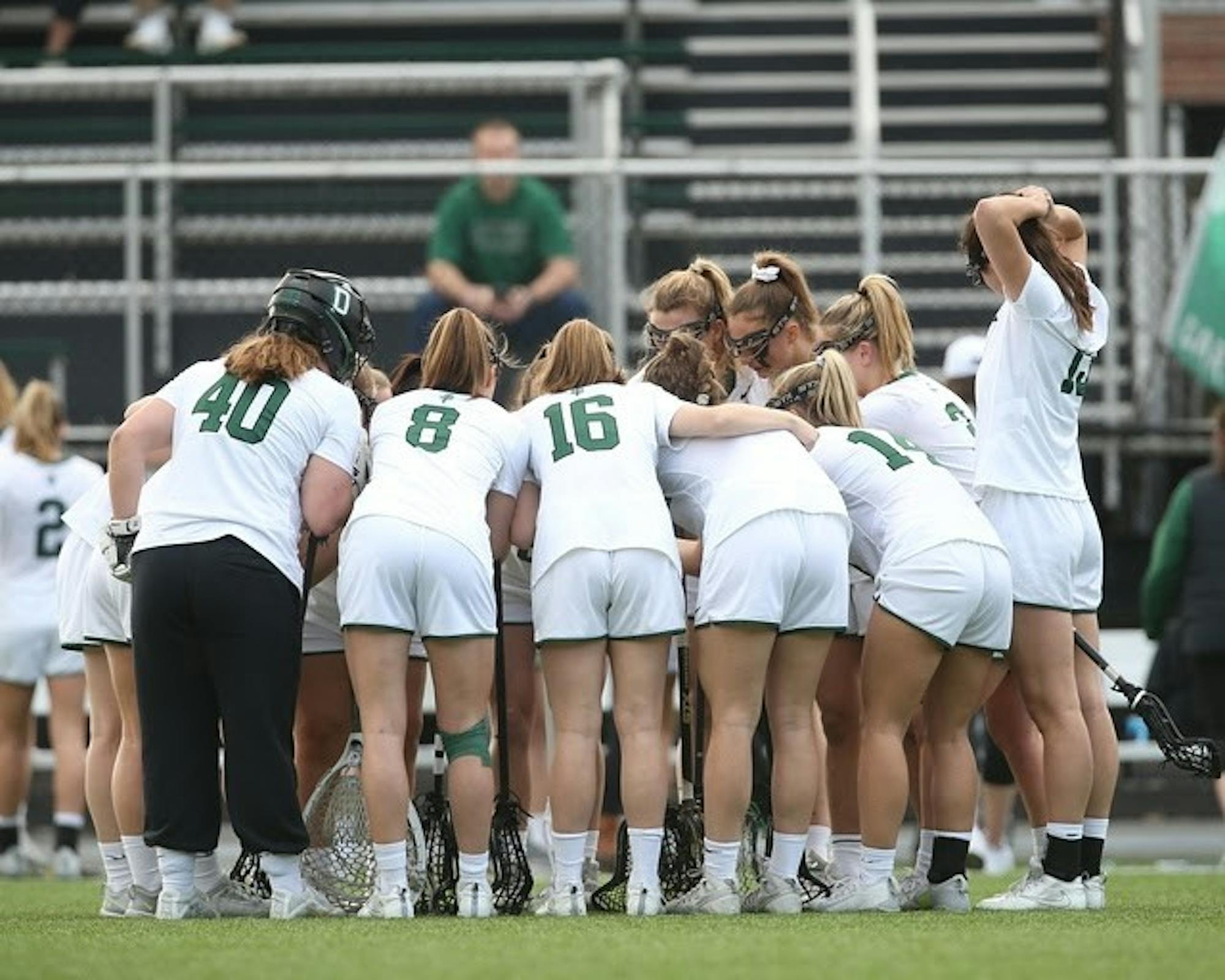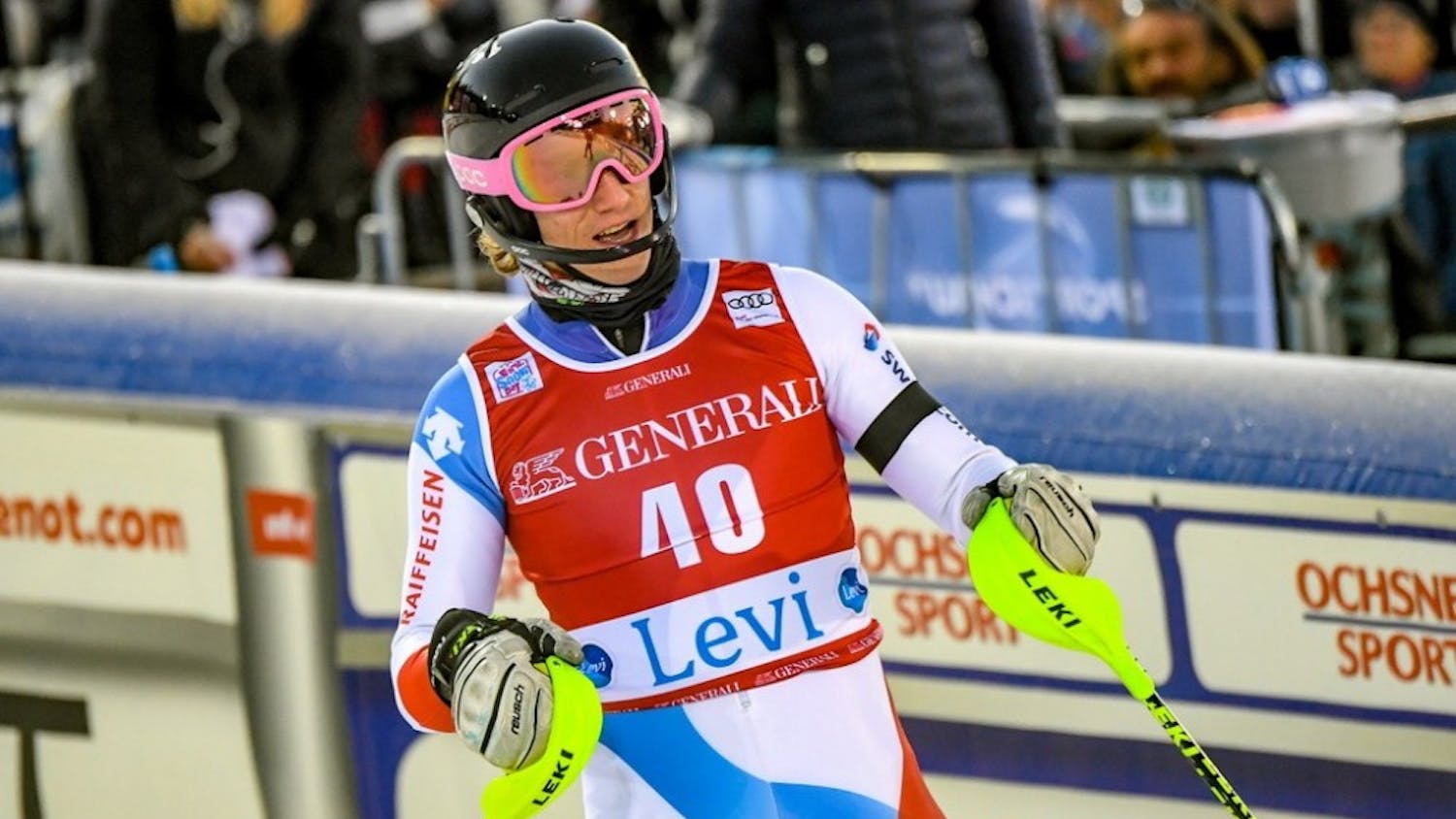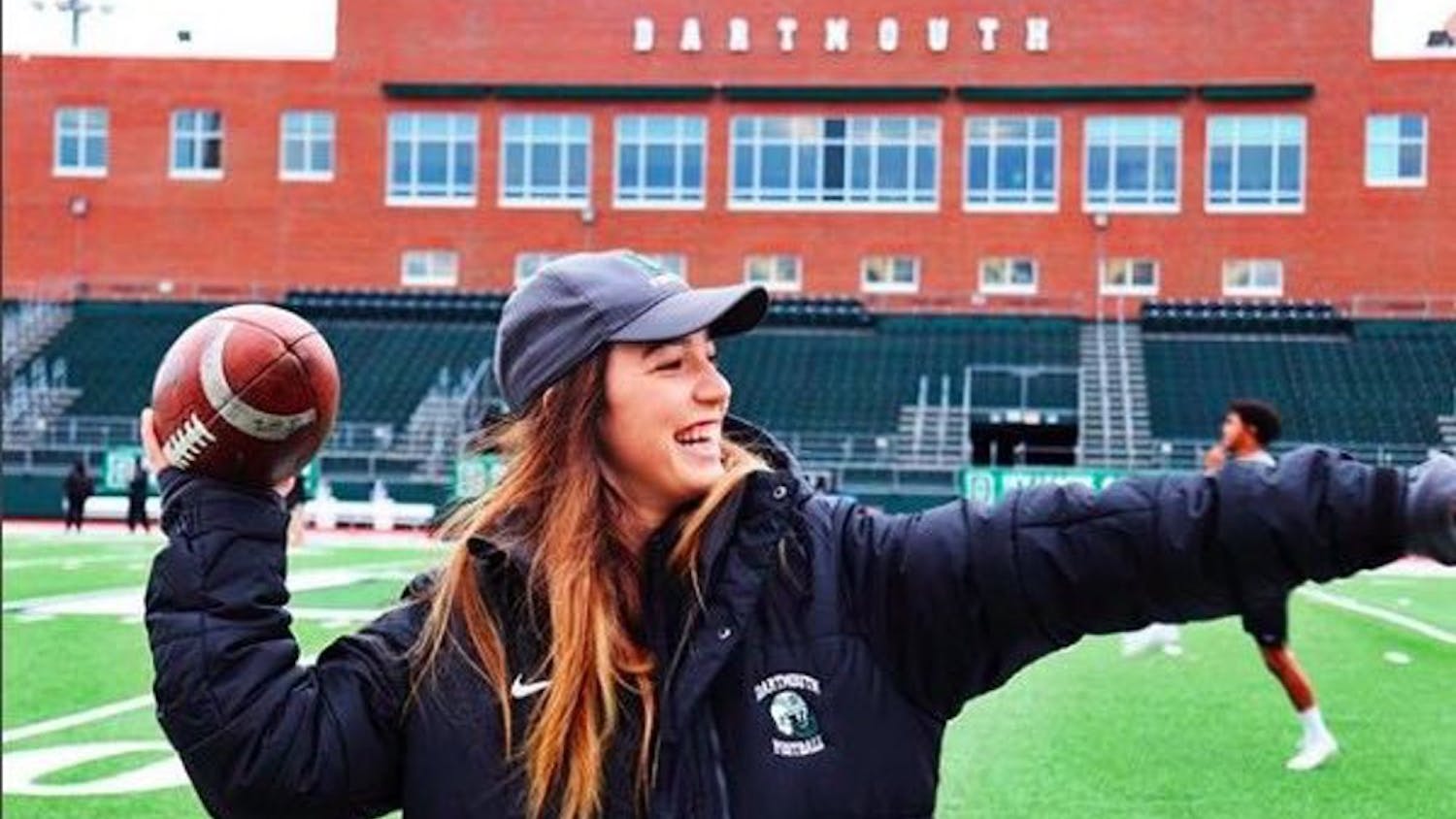Dartmouth’s remote format has posed new challenges for student-athletes. Away from campus, many have to now consider how to both stay in shape with limited resources and engage with their teams through virtual platforms. With the Ivy League’s cancellation of all practices and competitions for the remainder of the academic year, sports that have main competitive seasons in the spring have taken the brunt of the impact. However, other teams still utilize the spring term for development and training, and they are also getting creative to work around these new mandates.
The women’s rugby team, which captured its fourth Ivy title last fall, was looking forward to the spring sevens season, as well as a series of developmental fifteens games. Instead of spending time on the field and in the weight room, players have shifted their focus to gaining knowledge about the sport. Co-captain Marin Pennell ’21 explained that the team can still approach the same objectives through a different lens.
“Our main goal as a team, whether we're in fall, spring or winter season, is growth,” Pennell said. “That might look a little different in that we're not growing in the sense of playing a game and learning from that, but we have a really great chance to spend eight or nine weeks to grow our knowledge so we can hit the ground running in the fall.”
Football strength and conditioning coach Spencer Brown emphasized film as an essential element of football’s virtual training, particularly as a tool to help younger student-athletes learn plays and develop their knowledge of football.
“We have freshmen who are going to be sophomores next year, and we're going to have to rely on them to help us win games,” Brown said. “If they were on the scout team in the fall, they might not have spent too much time on those plays or on those calls.”
Complementing the focus on learning are daily at-home workouts and exercises that drill the “power sport” nature of football, according to Brown. Depending on players’ accessibility to equipment, they can choose either a weight-training program or a bodyweight circuit to complete, which includes uploading a video of their workout to an app. Brown also sends out daily wellness questionnaires to “hold [the team] accountable while they're away from us.”
Men’s soccer has similarly established at-home activities to replace the three to four games the team usually plays in the spring. Midfielder Dawson McCartney ’21 said that the coaches have developed a four-part checklist that players are expected to complete every day: mentality, unity, fitness and product. These activities range from reading books to reaching out to teammates and getting touches on the ball, which has proven difficult during various shelter-in-place orders.
“A lot of fields are closed, and many people are only able to use their backyard or even their basement,” McCartney said. “At the end of the day, every single school is going through the same thing. It’s just a time for everyone to be able to adjust and put work in any way they can.”
Ensuring that players finish their daily checklists is a team task. Players are split into fitness groups of five — something usually done over summer breaks to allow players to keep communicating about their goals for the fall.
“It kind of works just splitting it up so everyone can have a voice and talk to one another and keep each other accountable,” McCartney said.
Normally, the women’s lacrosse team practices six out of seven days a week in the spring, sometimes for four hours a day. This term, the team has adapted to the unique challenges of a remote term through weekly team meetings over Zoom and individual workouts and drills. They use an app to help them stay connected by sharing videos of drills and conditioning workouts.
“It’s not really an excuse that you can’t find a gym, so there’s a bunch of body weight programs and long distance runs, which is great,” Emma Macaione ’22 said.
Macaione was unsure whether the team’s fall training would change at all due to the spring seasons’ cancellation, adding that it would depend on whether the league decides to change the rules to give them more practice hours.
For the men’s golf team, only two of the team’s nine members have access to a golf course. Charles Petrie ’22 said the team is now focused on staying in physical shape through at-home workouts from the team’s strength and conditioning coach.
Despite the challenges of a remote campus experience and obvious disappointment of seasons cut short, student-athletes have adopted a variety of strategies, structures and technologies to stay connected and in shape over spring term.




